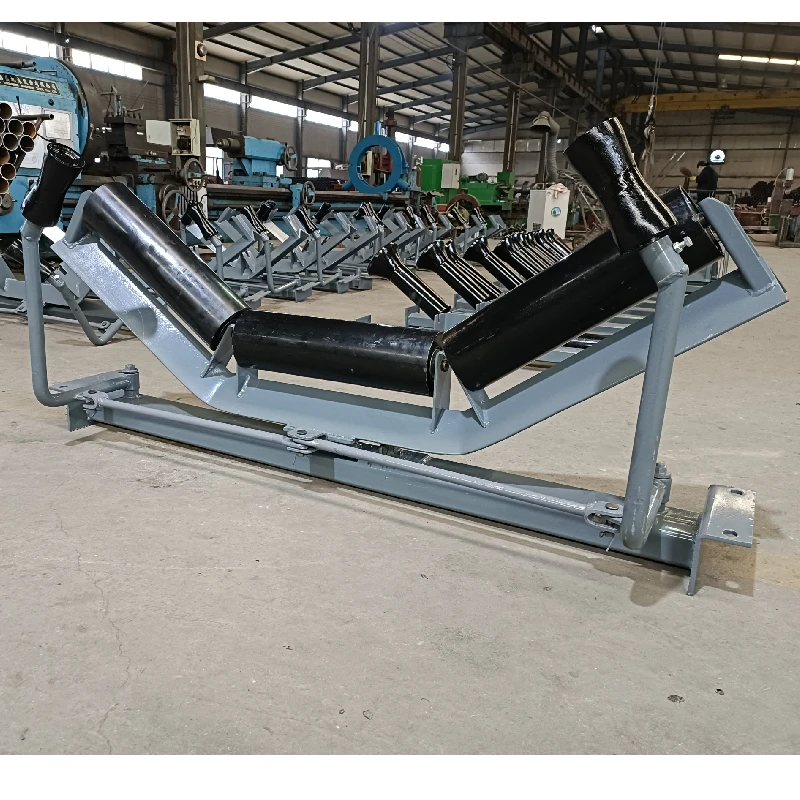 Afrikaans
Afrikaans  Albanian
Albanian  Amharic
Amharic  Arabic
Arabic  Armenian
Armenian  Azerbaijani
Azerbaijani  Basque
Basque  Belarusian
Belarusian  Bengali
Bengali  Bosnian
Bosnian  Bulgarian
Bulgarian  Catalan
Catalan  Cebuano
Cebuano  Corsican
Corsican  Croatian
Croatian  Czech
Czech  Danish
Danish  Dutch
Dutch  English
English  Esperanto
Esperanto  Estonian
Estonian  Finnish
Finnish  French
French  Frisian
Frisian  Galician
Galician  Georgian
Georgian  German
German  Greek
Greek  Gujarati
Gujarati  Haitian Creole
Haitian Creole  hausa
hausa  hawaiian
hawaiian  Hebrew
Hebrew  Hindi
Hindi  Miao
Miao  Hungarian
Hungarian  Icelandic
Icelandic  igbo
igbo  Indonesian
Indonesian  irish
irish  Italian
Italian  Japanese
Japanese  Javanese
Javanese  Kannada
Kannada  kazakh
kazakh  Khmer
Khmer  Rwandese
Rwandese  Korean
Korean  Kurdish
Kurdish  Kyrgyz
Kyrgyz  Lao
Lao  Latin
Latin  Latvian
Latvian  Lithuanian
Lithuanian  Luxembourgish
Luxembourgish  Macedonian
Macedonian  Malgashi
Malgashi  Malay
Malay  Malayalam
Malayalam  Maltese
Maltese  Maori
Maori  Marathi
Marathi  Mongolian
Mongolian  Myanmar
Myanmar  Nepali
Nepali  Norwegian
Norwegian  Norwegian
Norwegian  Occitan
Occitan  Pashto
Pashto  Persian
Persian  Polish
Polish  Portuguese
Portuguese  Punjabi
Punjabi  Romanian
Romanian  Russian
Russian  Samoan
Samoan  Scottish Gaelic
Scottish Gaelic  Serbian
Serbian  Sesotho
Sesotho  Shona
Shona  Sindhi
Sindhi  Sinhala
Sinhala  Slovak
Slovak  Slovenian
Slovenian  Somali
Somali  Spanish
Spanish  Sundanese
Sundanese  Swahili
Swahili  Swedish
Swedish  Tagalog
Tagalog  Tajik
Tajik  Tamil
Tamil  Tatar
Tatar  Telugu
Telugu  Thai
Thai  Turkish
Turkish  Turkmen
Turkmen  Ukrainian
Ukrainian  Urdu
Urdu  Uighur
Uighur  Uzbek
Uzbek  Vietnamese
Vietnamese  Welsh
Welsh  Bantu
Bantu  Yiddish
Yiddish  Yoruba
Yoruba  Zulu
Zulu Guide to Conveyor Rollers and Idlers for Efficient Material Handling
Understanding Conveyor Rollers and Idlers A Key to Efficient Material Handling
In the realm of material handling, conveyor systems play a pivotal role in transporting goods and bulk materials from one location to another. Central to the functionality of these systems are conveyor rollers and idlers, which significantly affect the performance, durability, and efficiency of conveyors. This article delves into the importance of conveyor rollers and idlers, their various types, and their applications across different industries.
What Are Conveyor Rollers and Idlers?
Conveyor rollers are cylindrical components that form the backbone of the conveyor system. They are designed to support the weight of the materials being transported and facilitate smooth movement along the conveyor belt. On the other hand, idlers are rollers that do not drive the conveyor belt but serve to support the belt along its path. Together, these components are essential for maintaining the alignment and tension of the conveyor system.
Types of Conveyor Rollers
Conveyor rollers come in various types, each tailored for specific applications
1. Drive Rollers These rollers are powered types that propel the conveyor belt forward. They are often equipped with grooves or belts that grip the surface and provide the necessary traction.
2. Return Rollers Located beneath the conveyor system, return rollers support the belt’s return journey, ensuring that it maintains structural integrity and proper tension.
3. Impact Rollers Positioned at loading zones, these rollers minimize the impact of materials being loaded onto the conveyor. They reduce wear and tear on the belt, prolonging its lifespan.
4. Guide Rollers Used to guide the belt on its path, these rollers ensure that the belt remains aligned and reduces the likelihood of material spills.
5. Specialty Rollers These include adjustable rollers, tapered rollers, and other custom designs that cater to specific material handling needs.
Types of Idlers
conveyor rollers and idlers

Idlers can be classified into several types based on their design and purpose
1. Flat Idlers Used primarily to support the belt, flat idlers maintain the belt's alignment during transportation.
2. Trough Idlers These have a specific design that helps form a trough shape to contain bulk materials, preventing spillage and ensuring materials remain on the belt.
3. Training Idlers Designed to help reposition the conveyor belt when misalignment occurs, training idlers play a crucial role in maintaining operational efficiency.
4. Self-Aligning Idlers These automatically adjust to correct any misalignment of the conveyor belt, thus preventing potential breakdowns and material loss.
Importance of Quality Rollers and Idlers
The quality of conveyor rollers and idlers directly impacts the efficiency of a conveyor system. High-quality rollers and idlers reduce friction, minimize energy consumption, and decrease maintenance needs, which ultimately lowers the operational costs. Additionally, well-designed components contribute to a longer operational lifespan of the conveyor system and reduce the likelihood of unexpected downtimes.
Applications Across Industries
Conveyor rollers and idlers find applications in various industries, including
- Mining Used for transporting ores and minerals over long distances. - Manufacturing Essential for moving products along assembly lines. - Logistics and Warehousing Critical in sorting and shipping operations where products need to be moved swiftly and efficiently. - Agriculture Employed to handle bulk materials such as grains, fertilizers, and other agricultural products. - Food Industry Customized rollers and idlers meet strict hygienic standards for transporting food products.
Conclusion
In conclusion, conveyor rollers and idlers are integral components of any conveyor system. Their design and quality can significantly influence the efficiency of operations, making it essential for businesses to choose the right products for their specific needs. By understanding the various types and applications of these components, companies can enhance their material handling processes and ensure smooth, reliable operations throughout their facilities. With advancements in technology, we can expect further innovations in conveyor rollers and idlers, paving the way for more efficient and sustainable material handling solutions in the future.
-
Revolutionizing Conveyor Reliability with Advanced Rubber Lagging PulleysNewsJul.22,2025
-
Powering Precision and Durability with Expert Manufacturers of Conveyor ComponentsNewsJul.22,2025
-
Optimizing Conveyor Systems with Advanced Conveyor AccessoriesNewsJul.22,2025
-
Maximize Conveyor Efficiency with Quality Conveyor Idler PulleysNewsJul.22,2025
-
Future-Proof Your Conveyor System with High-Performance Polyurethane RollerNewsJul.22,2025
-
Driving Efficiency Forward with Quality Idlers and RollersNewsJul.22,2025





























